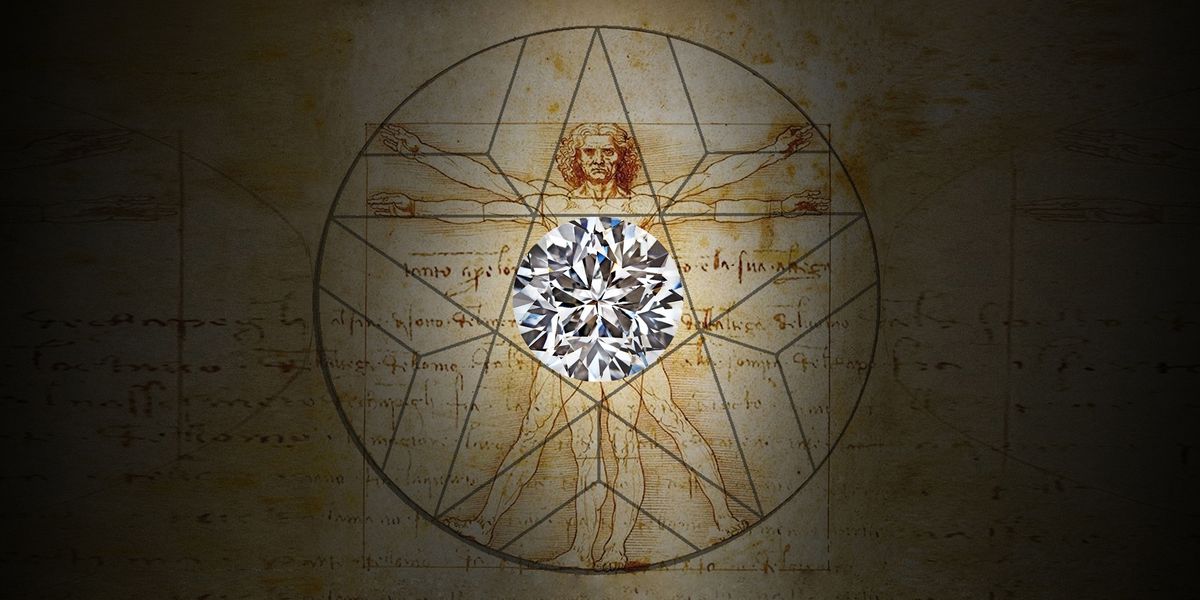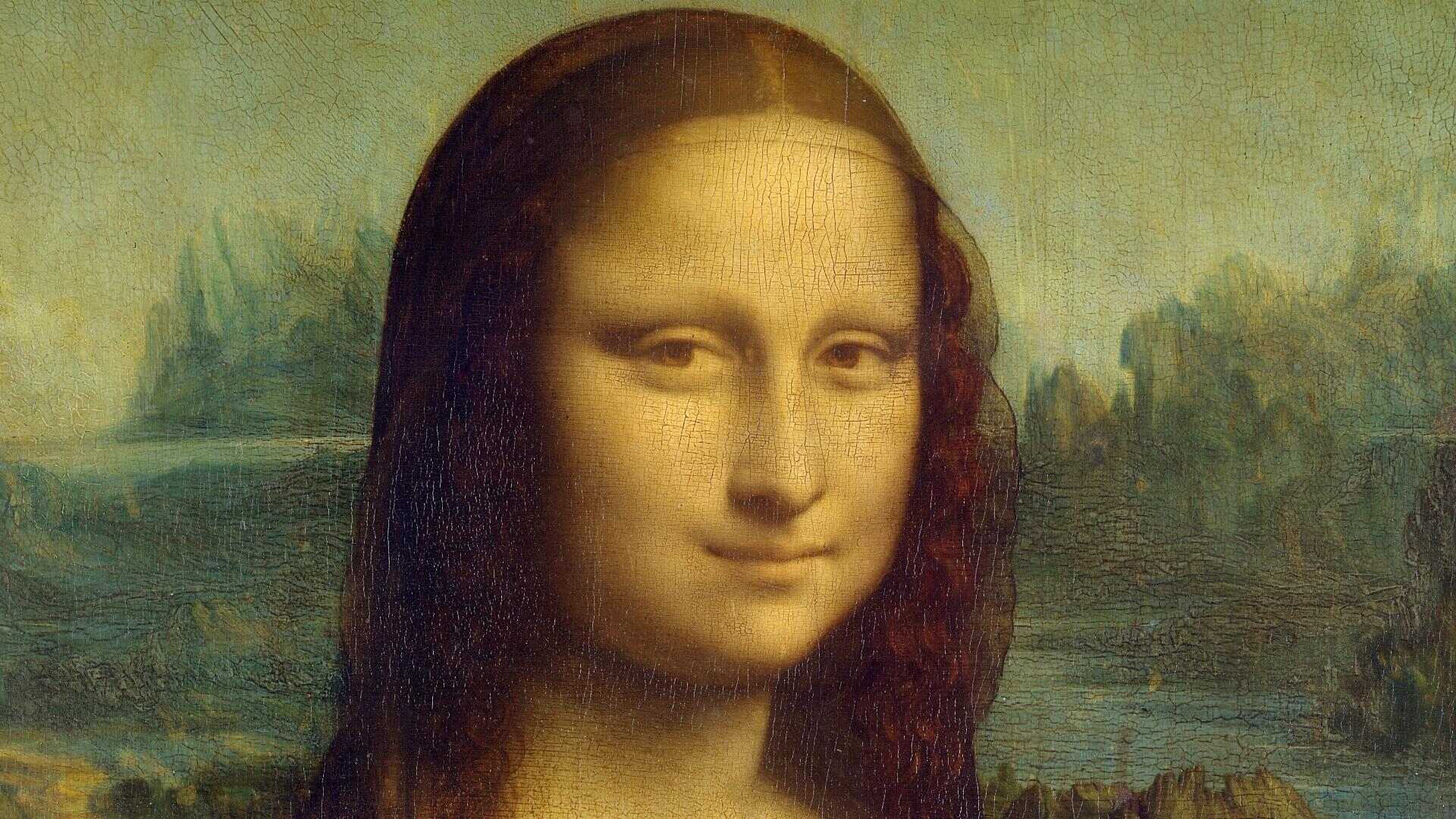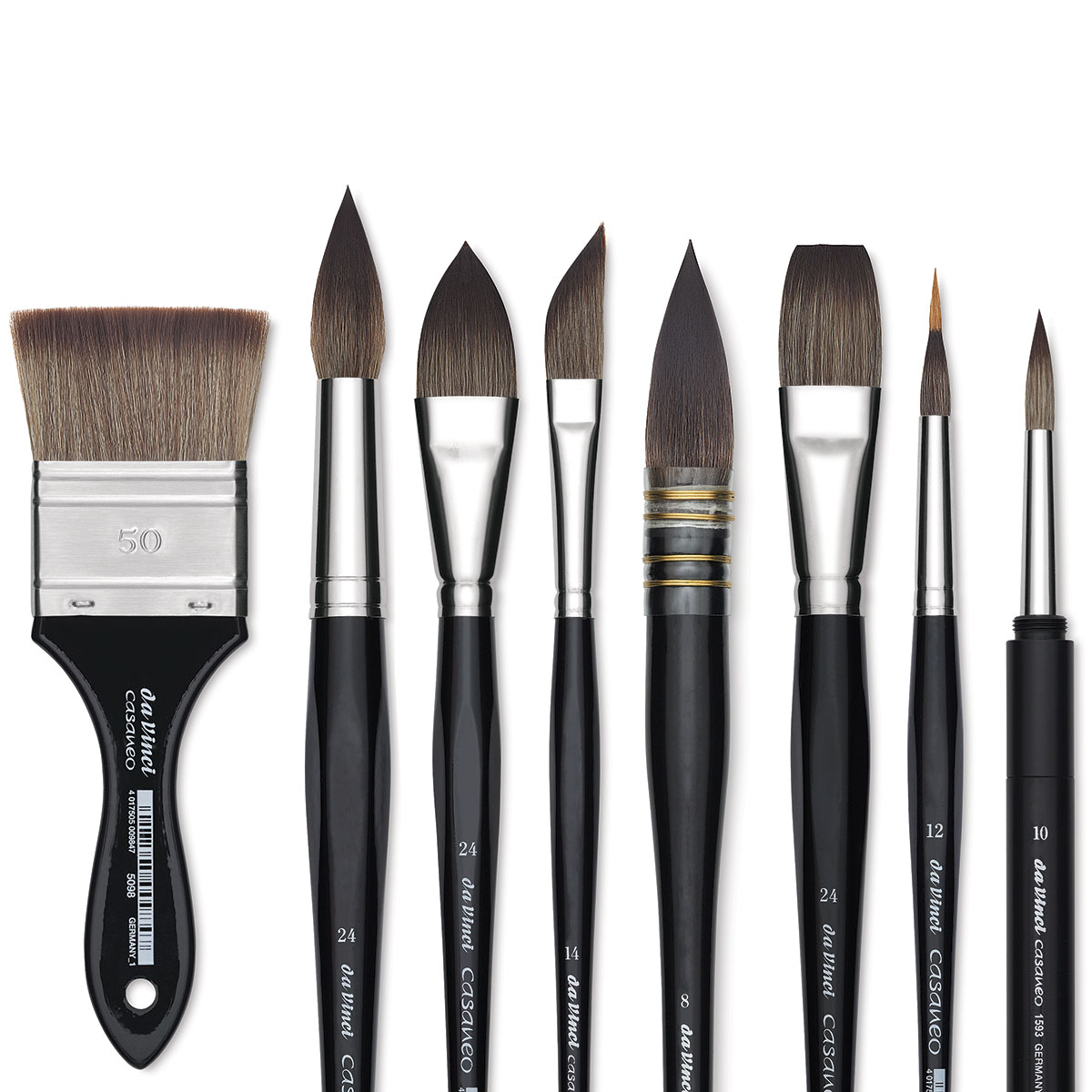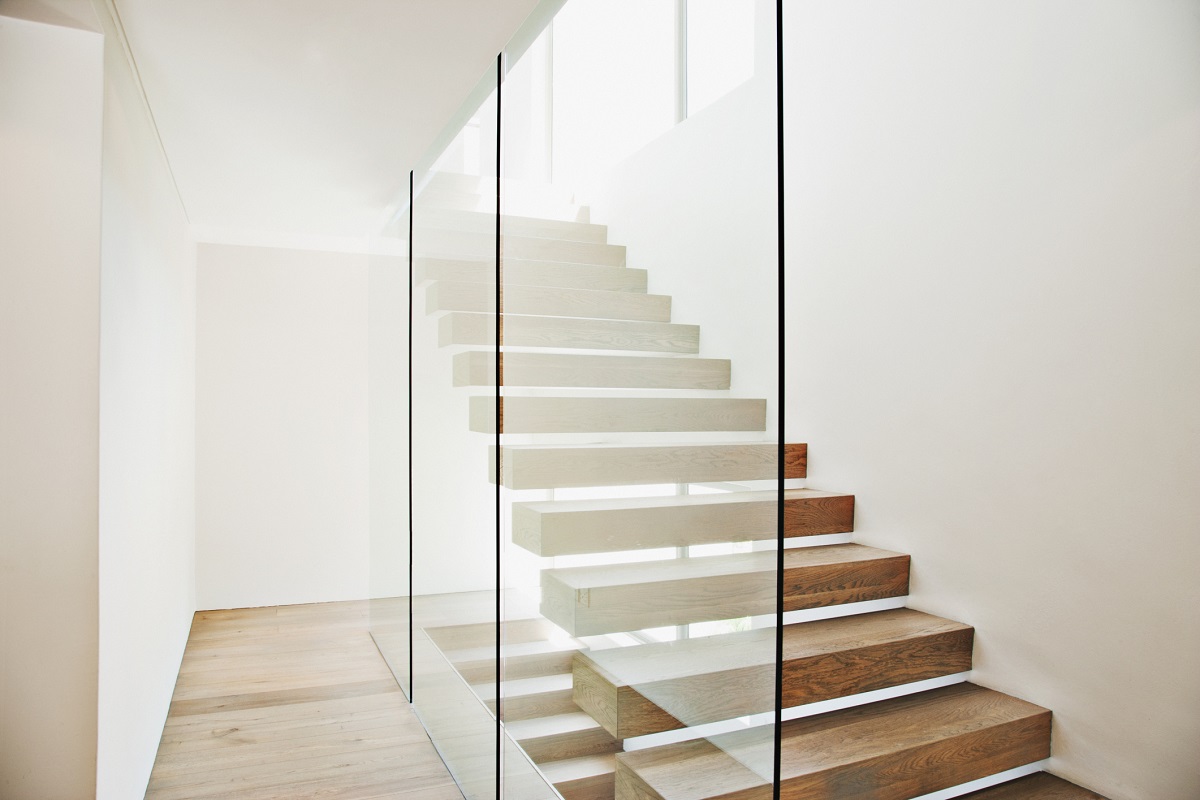Home>Ideas and Tips>The Da Vinci Code Of Perfect Proportions In Design


Ideas and Tips
The Da Vinci Code Of Perfect Proportions In Design
Published: October 19, 2024
Explore the golden ratio's influence on art and design, debunking myths about Leonardo da Vinci's use of this divine proportion.
(Many of the links in this article redirect to a specific reviewed product. Your purchase of these products through affiliate links helps to generate commission for Storables.com, at no extra cost. Learn more)
In the realm of art and design, few concepts have captivated the imagination as profoundly as the golden ratio, often referred to as the divine proportion. This mathematical constant, approximately equal to 1.61803398875, has been associated with the works of Leonardo da Vinci, particularly in his iconic drawing, the Vitruvian Man. However, the relationship between da Vinci and the golden ratio is more complex than popularly believed. This article delves into the history of the golden ratio, its application in art and design, and the myths surrounding its use by da Vinci.
The Golden Ratio: A Historical Perspective
The golden ratio has been a subject of fascination for centuries. It is believed to have originated with the ancient Greeks, who used it in their architecture and art. The Greek philosopher and mathematician Euclid discussed the golden ratio in his book "Elements," where he described it as a ratio of 5:3 or approximately 1.6667. However, it was not until the 19th century that the German psychologist Adolf Zeising attempted to prove that the golden section was the key to morphological beauty.
Luca Pacioli and De Divina Proportione
One of the most significant contributions to the understanding of the golden ratio came from Luca Pacioli, a Franciscan friar and mathematician. In 1498, Pacioli published his treatise "De Divina Proportione" (On Divine Proportion), which explored the mathematical and artistic proportions, including the golden ratio. This book was not only a treatise on mathematics but also a guide for artists, architects, and musicians on how to achieve harmonic forms using the divine proportion.
Leonardo da Vinci was a close friend and collaborator of Pacioli. Da Vinci created the illustrations for "De Divina Proportione," including polyhedral designs and geometric solids that exhibited inherent golden ratios. While Pacioli was the author of the book, da Vinci's contributions were significant in popularizing the concept of the golden ratio among artists and designers.
The Vitruvian Man: A Study in Proportions
One of da Vinci's most famous works is the Vitruvian Man, a drawing that represents the perfect proportions of the human form as described by Vitruvius in his book "De Architectura." The drawing depicts a nude male figure inscribed within a circle and square, demonstrating how the proportions of the human body can be described using geometric shapes. The Vitruvian Man is often cited as an example of da Vinci's use of the golden ratio, but this association is not entirely accurate.
Da Vinci did not explicitly use the golden ratio in his drawing of the Vitruvian Man. Instead, he based his proportions on the anatomical ratios described by Vitruvius and Polykleitos, which were rooted in ancient Greek art and architecture. The drawing is more about demonstrating the ideal proportions of the human body as described by Vitruvius rather than applying the golden ratio specifically.
The Myth of Da Vinci's Use of the Golden Ratio
The association between da Vinci and the golden ratio was popularized by Dan Brown's best-selling novel "The Da Vinci Code." In the book, Brown suggests that da Vinci used the golden ratio in his paintings, including the Mona Lisa, to create perfect proportions. However, this claim is largely based on speculation and lacks concrete evidence.
Leonardo da Vinci never explicitly mentioned using the golden ratio in his notebooks or proportional drawings. His relationship with Pacioli and his contributions to "De Divina Proportione" suggest that he was well aware of the concept but did not necessarily believe it was related to human beauty or idealized proportions.
The Mona Lisa: A Case Study
One of the most debated topics regarding the golden ratio is its alleged presence in the Mona Lisa. Many books claim that if a rectangle is drawn around the face of the Louvre's Mona Lisa, the ratio of its height to width is equal to the golden ratio. However, there is no documentation to support this claim, and it remains a topic of speculation.
Leonardo da Vinci's fascination with geometry and mathematics is evident in his work, particularly in the intricate patterns on the Mona Lisa's blouse. These designs reflect his deep understanding of mathematical principles and their application in art. However, there is no concrete evidence that he consciously used the golden ratio in the composition of the Mona Lisa.
The Fibonacci Sequence and Its Connection to the Golden Ratio
The Fibonacci sequence, a series of numbers in which each number is the sum of the two preceding numbers (1, 1, 2, 3, 5, 8, 13, etc.), is closely related to the golden ratio. The ratio of any two adjacent numbers in the sequence approaches the golden ratio as the sequence progresses.
In "The Da Vinci Code," Robert Langdon uses the Fibonacci sequence as a clue to uncover a sinister conspiracy. The sequence appears in various forms throughout the novel, including an anagram that reads "Leonardo da Vinci" and "the Mona Lisa." While this plot device adds intrigue to the story, it is important to separate fact from fiction when discussing the golden ratio and its applications.
Artists Who Have Used the Golden Ratio
While da Vinci's association with the golden ratio is significant, he was not the only artist to use this mathematical constant in their work. Modern artists like Louis-Paul-Henri Sérusier, Juan Gris, Gino Severini, and Salvador Dalí have experimented with the golden ratio for its aesthetic value rather than any intrinsic mathematical reason.
Conclusion
The golden ratio, or divine proportion, has been a cornerstone of art and design for centuries. While Leonardo da Vinci was indeed familiar with this concept through his collaboration with Luca Pacioli on "De Divina Proportione," there is no concrete evidence that he used it explicitly in his works. The Vitruvian Man and the Mona Lisa are often cited as examples of da Vinci's use of the golden ratio, but these claims are largely speculative.
In conclusion, the relationship between da Vinci and the golden ratio is more nuanced than popularly believed. It highlights the importance of separating fact from fiction when discussing historical figures and their contributions to art and design. The golden ratio remains a fascinating topic in mathematics and aesthetics, but its application in da Vinci's works remains a subject of ongoing debate and speculation.
References:
- The golden ratio—dispelling the myth – PMC – NCBI
- Cracking The Da Vinci Code | Discover Magazine
- Divine Proportion/Golden Ratio in the Art of Da Vinci
- Leonardo and Mathematics – The Mona Lisa Foundation
- Vitruvian Man by Leonardo Da Vinci | Overview & Legacy – Study.com
Was this page helpful?
At Storables.com, we guarantee accurate and reliable information. Our content, validated by Expert Board Contributors, is crafted following stringent Editorial Policies. We're committed to providing you with well-researched, expert-backed insights for all your informational needs.















0 thoughts on “The Da Vinci Code Of Perfect Proportions In Design”